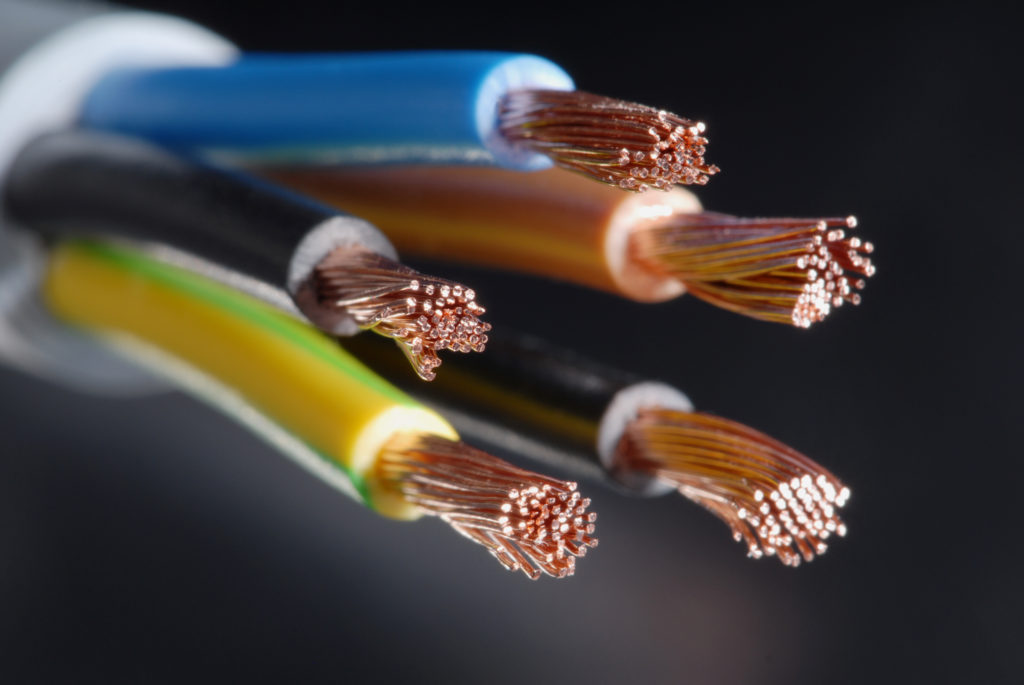
Over the past few days, the world’s copper traders and executives descended on Santiago for the annual Cesco Week gathering. The main debate: Is this the beginning of the big bull market everyone has been waiting for?
Prices touched a 22-month high of $9,739 a metric ton on Thursday, up 13% since the start of the year.
Nick Snowdon, the Goldman Sachs Group Inc. strategist who has carved out a place for himself as the market’s most bullish voice, argued copper’s latest developments are only “the foothills of what will be its Everest.” He forecasts prices will average an astonishing $15,000 per ton next year.
Not everyone agrees.
“On a fundamental basis, the indicators suggest that the price has gone too far,” Alice Fox, commodities strategist at Macquarie Group Ltd., said in Santiago. She is no copper bear, but she thinks the current rally is “a little premature,” driven by bullish investors rather than any shortage of the metal.
That’s a view that many here in Chile agree with — even, speaking privately, some of the world’s biggest miners and traders, who point to lackluster indicators in top consumer China as a reason for caution.
The one part of the market where no one disagrees there is a shortage right now is semi-processed copper ore, known as concentrate.
That is a function of supply disappointments as well as a breakneck expansion in global smelter capacity. The result is deals in which smelters and traders are paying roughly the same price for cargoes of copper ore as the copper contained in it will fetch when processed.
That’s an unsustainable situation, Roland Harings, chief executive officer of European copper producer Aurubis AG, told us. With market participants from Trafigura Group to Mitsui & Co. seeing tightness in concentrates lasting into next year, the conclusion must be that at some point it will lead to smelter cutbacks and a tighter market for the metal.
The crunch point may come toward the end of 2024, when miners negotiate smelters’ fees under annual supply deals.
For this year, they agreed to so-called treatment charges of $80 per ton. For next, miners are anticipating levels far below that, with some whispering forecasts for historically low rates in the $40s or $50s a ton.
No matter what happens this year, a panel of six market participants at the CRU World Copper Conference in Santiago was unanimous on one thing: a prediction for higher prices in the medium term.
(By Jack Farchy and James Attwood)
Comments